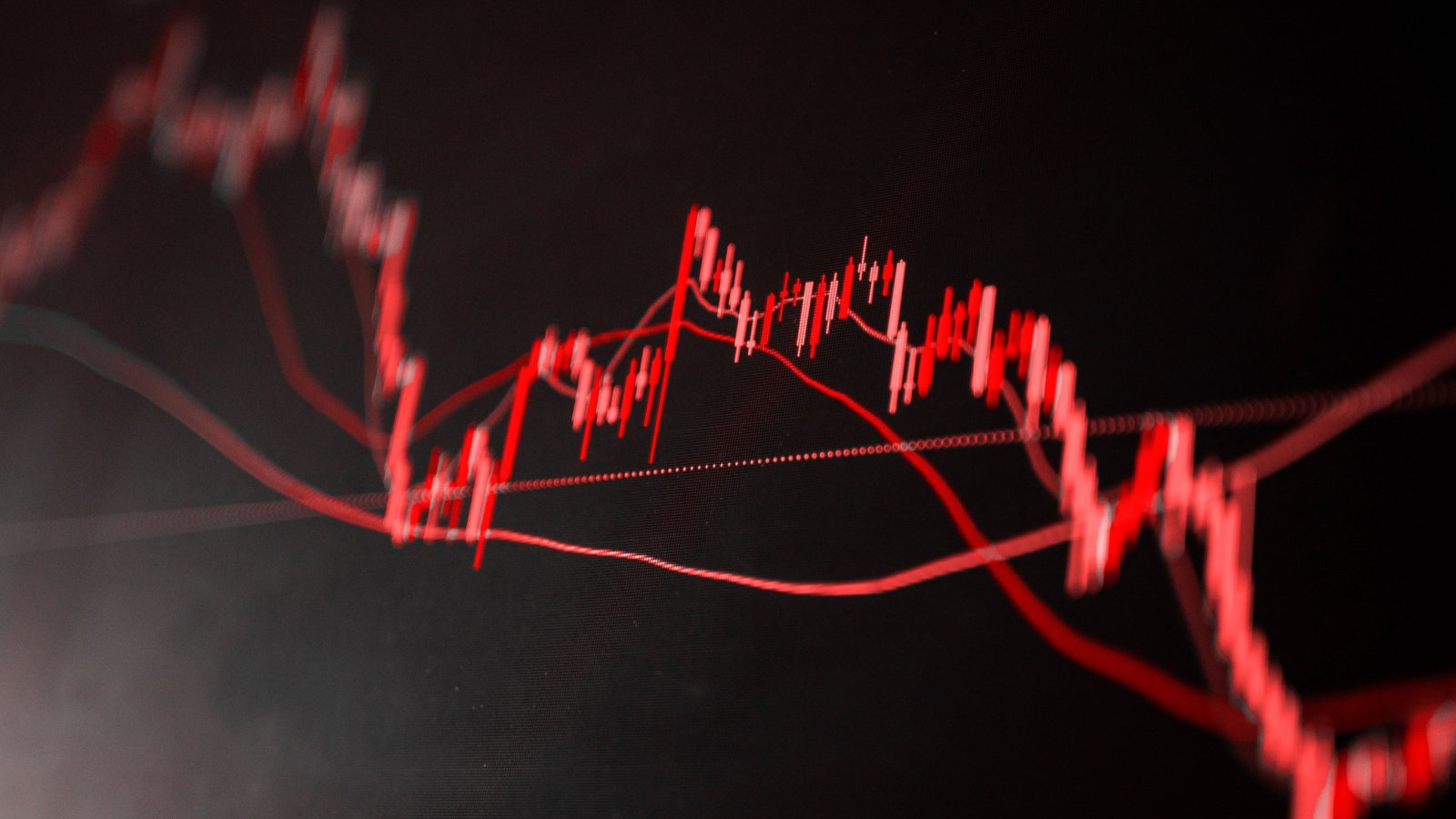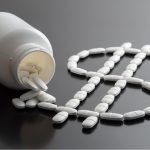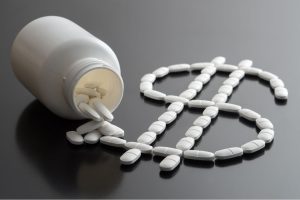
The risk of a 10-year treasury yield breakout … the U.S. dollar continues climbing … oil prices aren’t dropping … various delinquency rates tick up … a surge in bankruptcies
If the market is going to buck September’s reputation for weakness, it needs to overcome a “toxic trifecta” …
Climbing treasury yields… a breakout in the U.S. dollar… and surging oil prices.
If unchanged, the current trajectory of this toxic trifecta will drag the market lower over the next several weeks.
But we need to look beyond just the next month or so.
As we detailed in the Digest last week, the S&P’s gains this year have come nearly exclusively from bullish investor sentiment rather than earnings. Unfortunately, sentiment is a fickle thing.
If the toxic trifecta sours the optimistic spirit that has buoyed the market here in 2023, then all we’ll we’re left with are earnings that, frankly, don’t warrant today’s market prices. That could mean fast and steep losses (which will be a good thing for strategic investors who know how to turn this into a buying opportunity – more on that in a bit).
To unpack this, let’s begin with treasury yields.
Will the 10-year treasury yield break out to multi-year highs?
As we’ve detailed here in the Digest, stocks don’t like soaring treasury yields – specifically, a surging 10-year treasury yield. Unfortunately, that’s what’s we’ve had since the spring.
As you can see below, the 10-year treasury yield has jumped from about 3.30% back in April to more than 4.30% a few days ago.

This week, we’ve received new data suggesting the U.S. economy remains very hot. On Wednesday, the Institute for Supply Management’s (ISM) August services sector report showed re-accelerating inflationary pressures and strong economic activity. Then yesterday, initial jobless claims came in at 216,000, lighter than the forecast of 230,000.
Wall Street sees this and thinks “oh no, the Fed will interpret this as ‘the economy is still too hot’ which means it’ll raise rates even higher.” In anticipation of higher rates, bond traders have pushed up the 10-year treasury yield.
This past week, that yield broke above a critical resistance level – roughly 4.33%, which corresponds to its high from last October (set at the market’s low point). Though it has pulled back as I write Friday morning, the recent trend is clearly “up.”

If the 10-year yield breaks out above this resistance level and begins a sustained climb higher, watch out. That would take it to levels not seen since just before the Great Financial Crisis.
Worse, it would open the door for yields to push toward 2006’s high of roughly 5.15%.

Next, keep your eye on the breakout in the U.S. dollar, which is showing no sign of slowing down
In the same way that stock prices don’t respond well to surging Treasury yields, neither do they like a strengthening U.S. dollar. As we’ve detailed in prior Digests, a stronger dollar creates currency headwinds for international companies that generate significant revenues overseas.
Roughly 40% of the S&P’s revenues are generated outside U.S. borders. For the tech sector, that exposure jumps to nearly 60%. A strong dollar erodes the buying power of those foreign revenues.
Below, you can see the dollar breaking out since this summer. Same as with the 10-year treasury yield, it’s about to run into resistance. This time, the resistance is the dollar’s high from early-March.

Let’s now pull out for broader perspective.
If the dollar breaks through March’s high, there’s not a great deal of technical resistance to stop it from pushing toward $109+.

That degree of dollar strength would be a painful drag on multinational profits later this fall.
Finally, there’s the surge in oil prices
As we detailed here in the Digest earlier this week, oil is up 30% since early-June. West Texas Intermediate Crude is over $87 a barrel as I write Friday morning.
Beyond pain at the gas pump, this is a widespread headache for all sorts of companies. Though renewable energy is growing fast, oil remains the lifeblood of our economy. As its price surges, that increases the operating expense of countless economic sectors that are directly and indirectly impacted.
What’s different about today’s surging oil price is that it’s engineered. Saudi Arabia is intentionally producing less oil to drive up prices. To be clear, this hurts the Saudis and other oil-exporting countries. But they’re taking the long-game approach. They’re willing to suffer a shorter-term hit to volume if it results in the higher market price they want.
Behind this decision is speculation that Saudia Arabia and Russia are collaborating to destabilize the petrodollar. Other analysts suggest Saudia Arabia wants to hammer gasoline prices just before the U.S. presidential election so that President Biden is voted out.
Whatever the reason, if Saudia Arabia is dead set on curtailing supply, then the lower oil prices we usually see in the fall (thanks to reduced demand) could be offset. That means higher-for-longer prices. And higher oil prices throughout the fall will erode corporate earnings at the same time a strong U.S. dollar chips away at them.
A quick spin around the rest of the U.S. economy and investment markets reveals additional headwinds
Yesterday, our follow Digest writer and Editor-in-Chief, Luis Hernandez, sent me the chart below. It shows the credit card delinquency rate for small banks (in green) hitting the highest levels on record.
Yes, the delinquency rate for the 100 largest commercial banks (in blue) is low, but notice the steepness of its slope.

Meanwhile, the delinquency rate for auto loans now clocks in at the highest level since 2006. It’s head-and-shoulders above the delinquency rate back in 2009.

And what about bankruptcy filings?
Overall, they remain low in an historical context. But let’s zero in on recent directional trends…
Below you can see the four-week moving average has spiked to levels not seen since the Great Financial Crisis and the Pandemic meltdowns.

Rather than run for the hills based on all this, get ready to use it to your advantage
Clearly, we’re facing an assortment of headwinds that could translate into a steep correction over the next few weeks or months.
But if that happens, it means two things…
One, some great stocks will suddenly be offering far more attractive entry prices. Two, given the abundance of market headwinds, we wouldn’t be able to count on a “rising tide lifts all boats” broad market recovery. That would mean it’ll be a stock picker’s market.
With all this in mind, circle your calendar for this coming Tuesday, September 12th.
Here’s our hypergrowth expert Luke Lango with what’s happening:
For the past two years, I’ve been working on a project that could completely change the way you invest in the stock market and challenge what you previously believed to be possible.
It’s called The Prometheus Project and at the center of this groundbreaking project is artificial intelligence, or AI.
An AI program that can pinpoint the moment a stock is about to surge in price.
This new revolutionary AI program is called Prometheus and it can give you the ultimate edge
over the market.
And after two years of working with an elite team of AI programmers, and well over $4 million invested, Prometheus is finally ready to go public.
On Tuesday, September 12 at 7 PM ET, Luke will demo Prometheus for the first time ever. He’ll detail how the AI works, the jaw-dropping results of its back-tests, and how it can help pinpoint surging stocks even during broad market weakness.
On that note, circling back to our broad theme today, yes, there are headwinds facing the market. But while that could mean turbulence this fall, for an investor armed with an AI-based tool engineered to identify breakout stocks, lower prices would be a gift.
Have a good evening,
Jeff Remsburg






